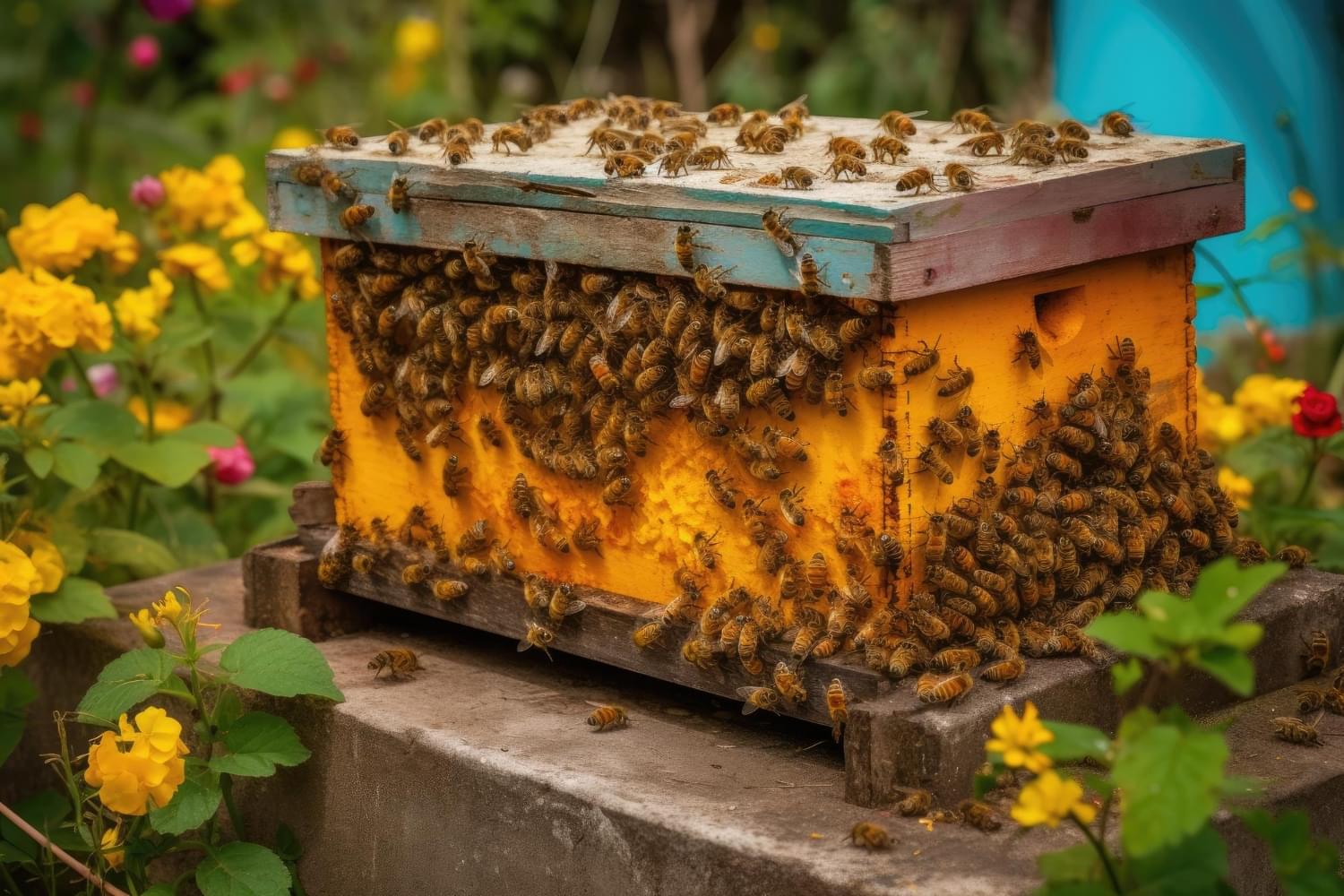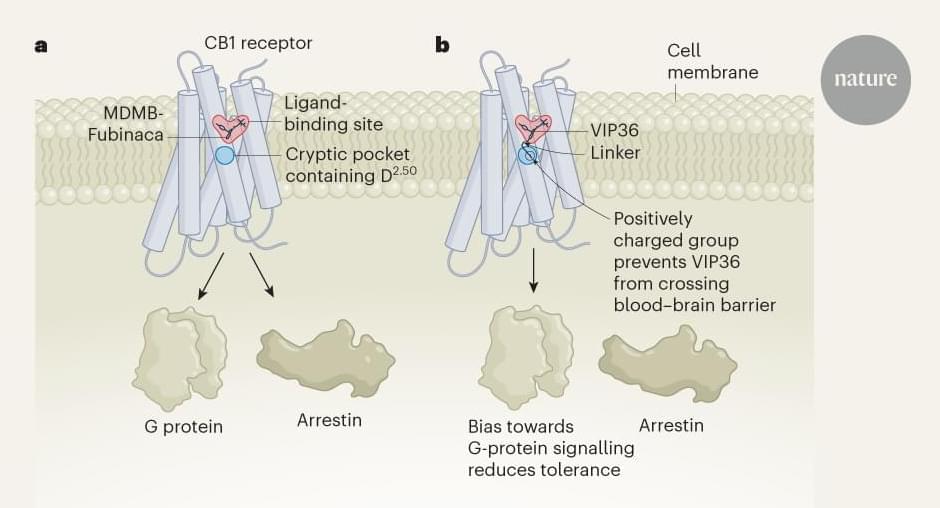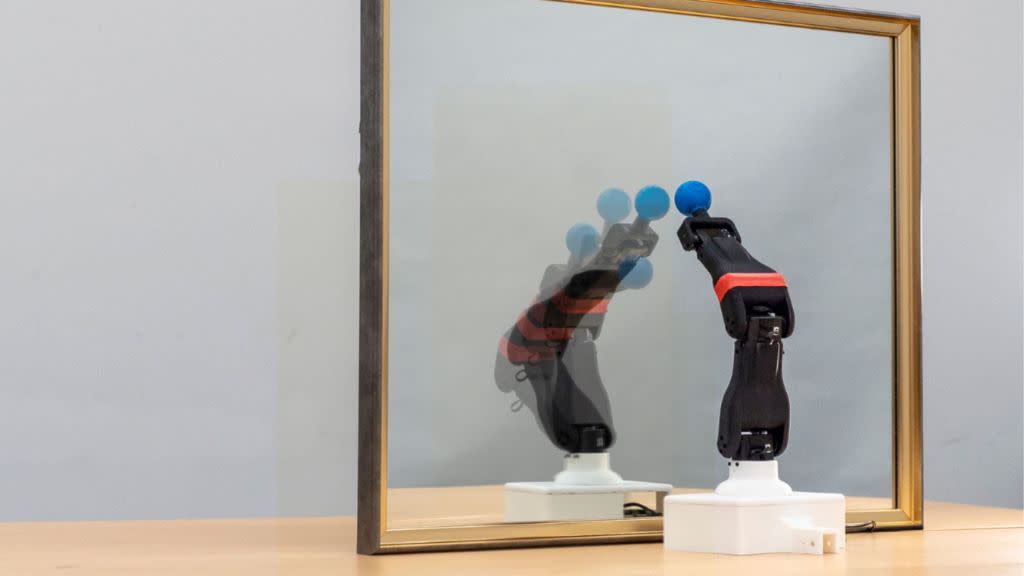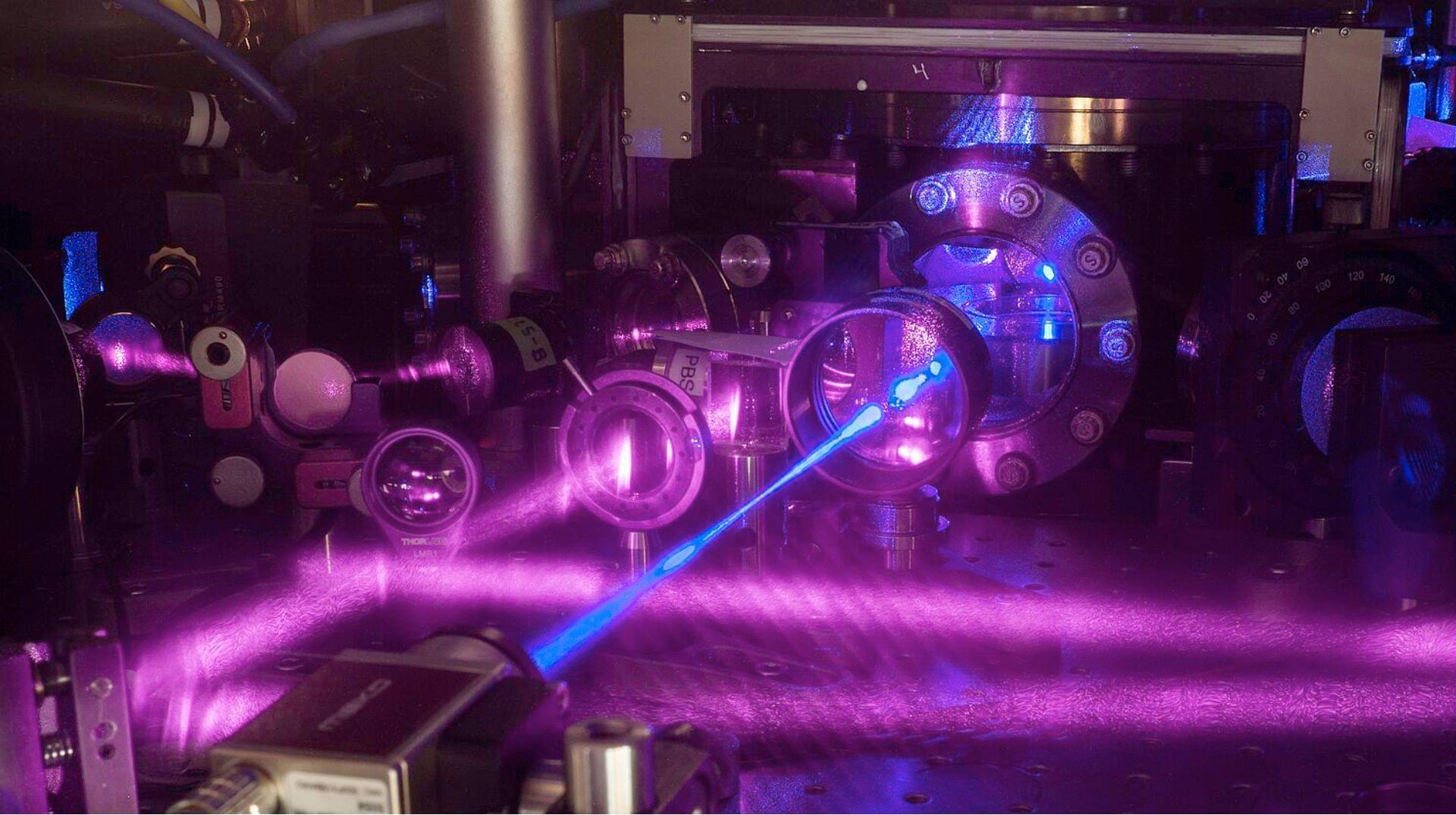“The Future Already Happened“
What if the past isn’t fixed? Scientists have just proven that the future can influence the past, shattering everything we thought we knew about time and reality. From mind-bending quantum experiments to the shocking science of precognition, this video explores the hidden connections between time, consciousness, and the universe.
✅GET YOUR FREE NUMEROLOGY READING HERE:
https://bit.ly/full-numerology-reading.
Time Stamps:
0:00 — Mind-Blowing Experiments.
1:43 — Presentiment.
2:26 — Precognition.
5:12 — J.W. Dunne’s Precognitive Dream Protocol.
7:33 — Feeling The Future.
10:00 — Remote Viewing.
12:18 — Free Will & Retrocausality.
14:43 — Lucid Dreaming.
►Copyright ©:
Script — BE INSPIRED
Narration — BE INSPIRED
Footage is licensed through Videoblocks, Artgrid, and Envato.
Music: Epidemic Sound / Audiojungle / Envato Elements.
Interviews / Video References were used under FAIR USE LAW.
© BE INSPIRED CHANNEL — All rights reserved.





